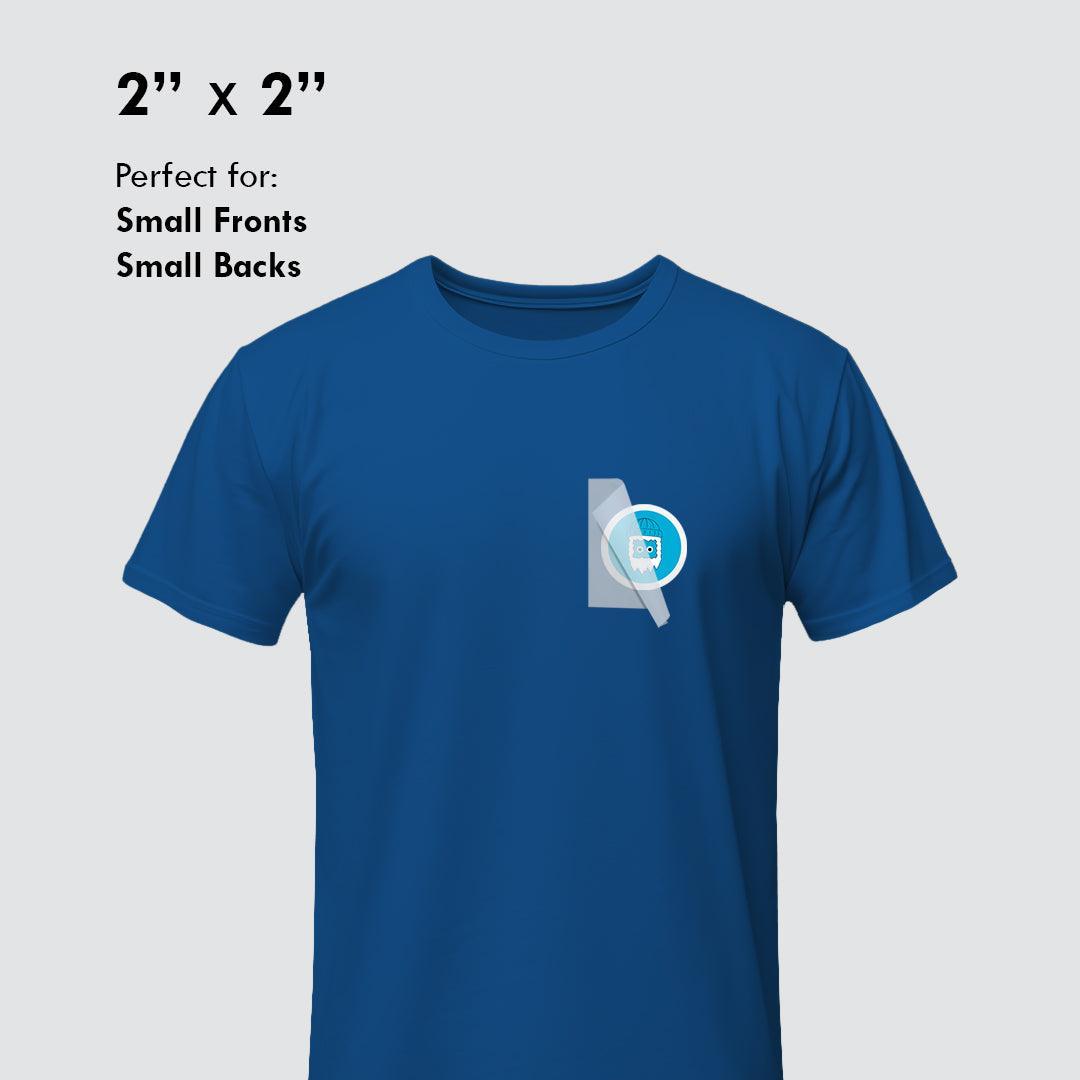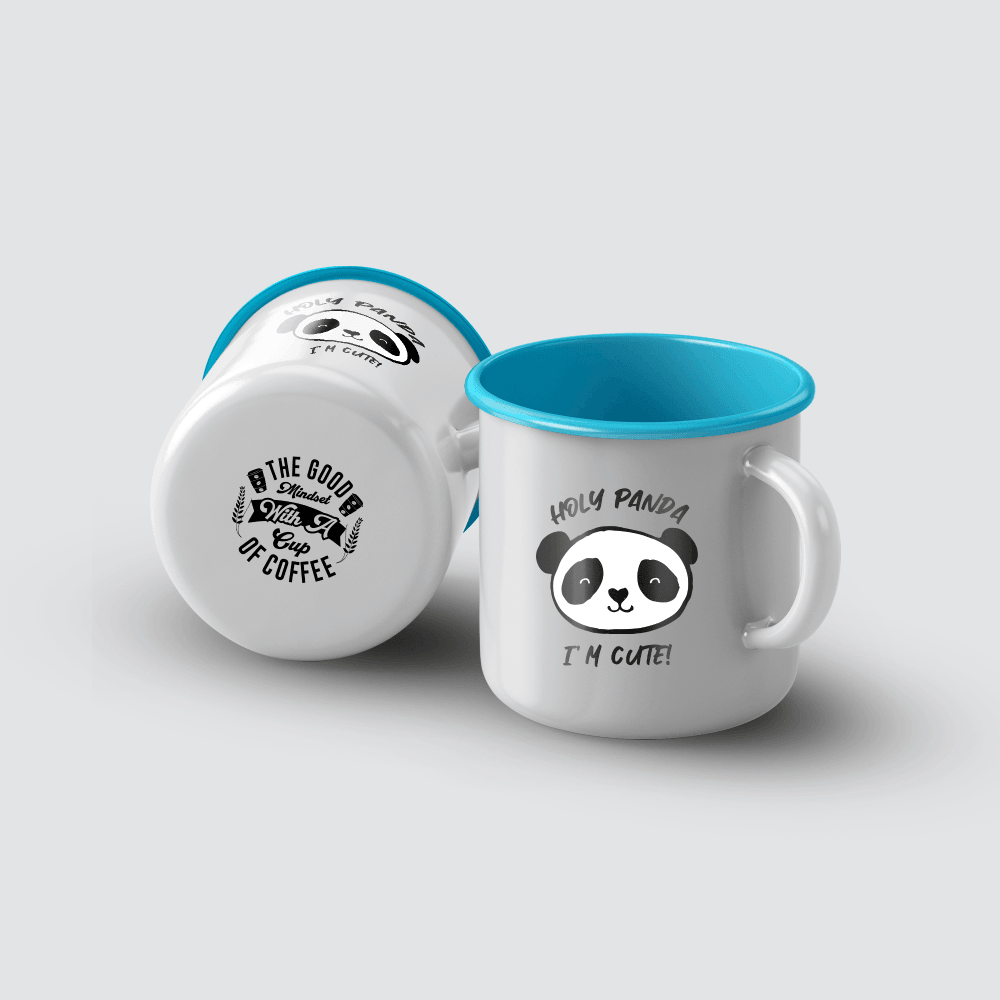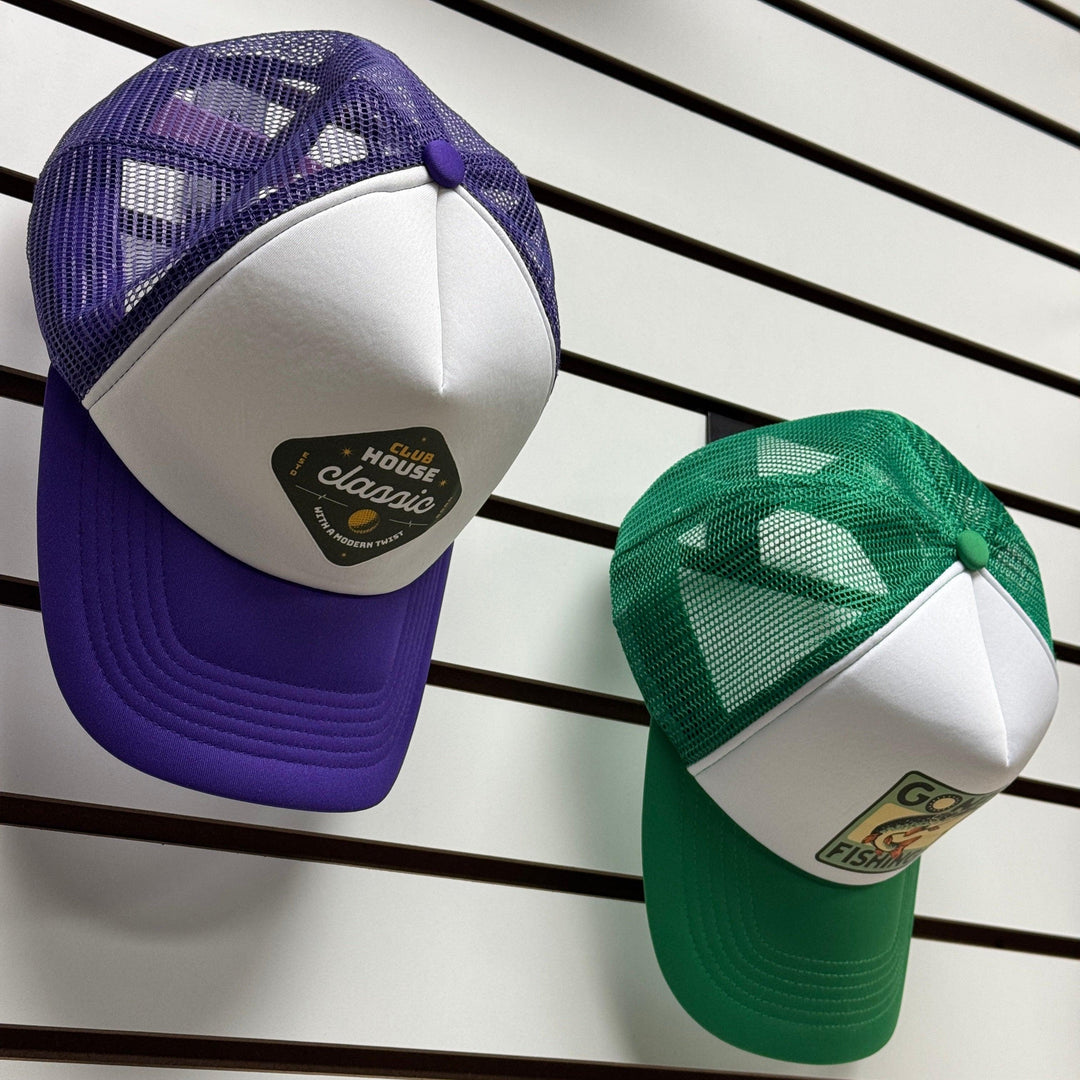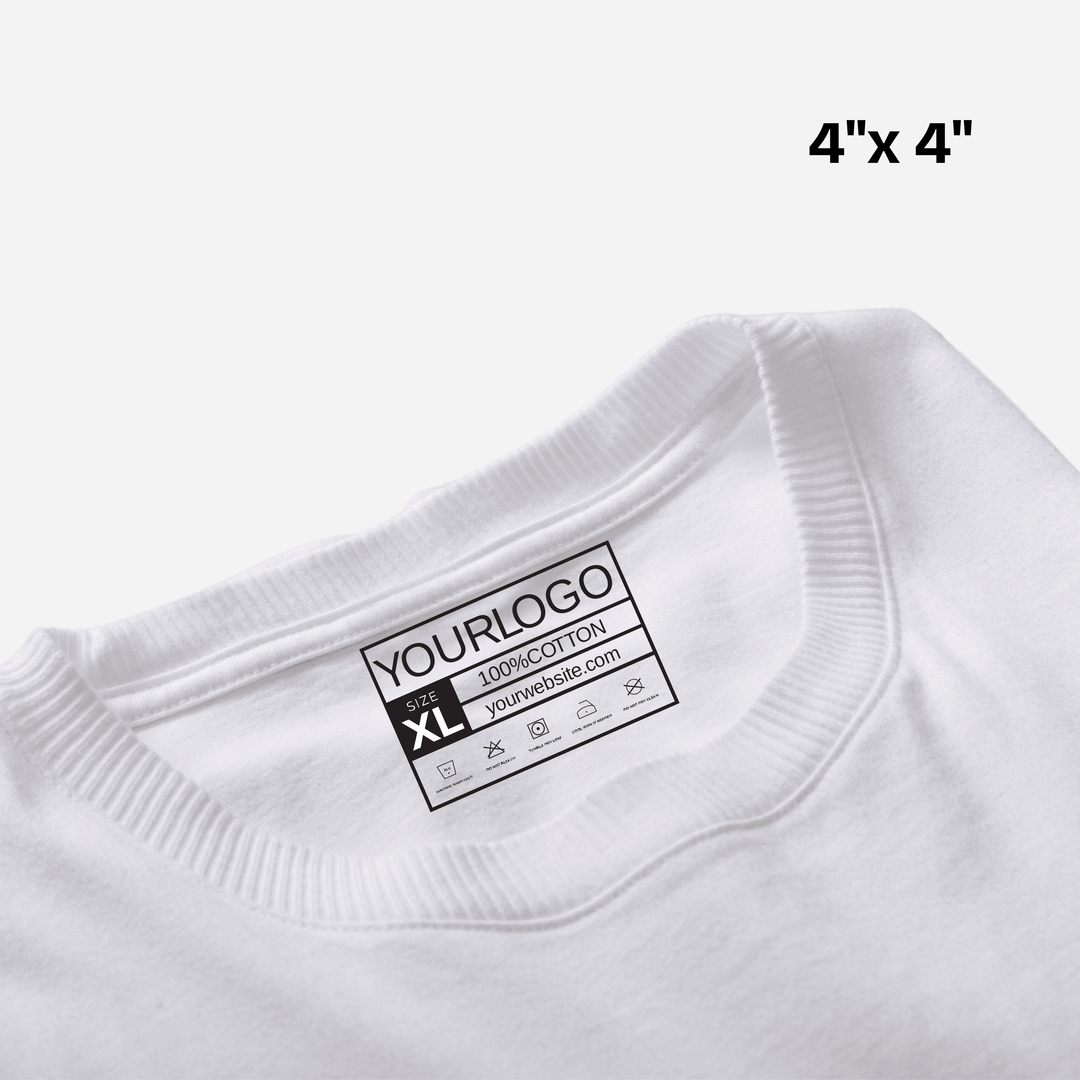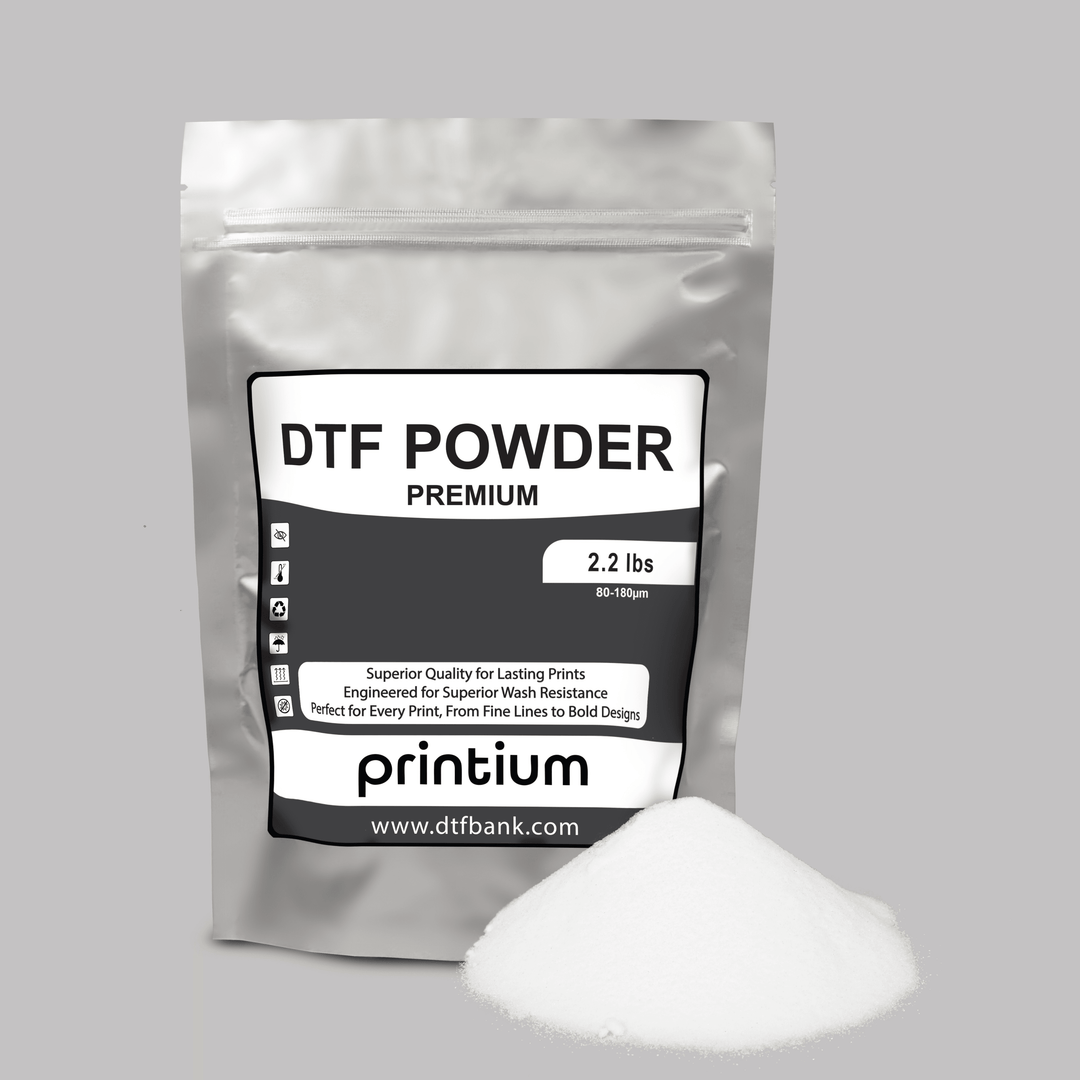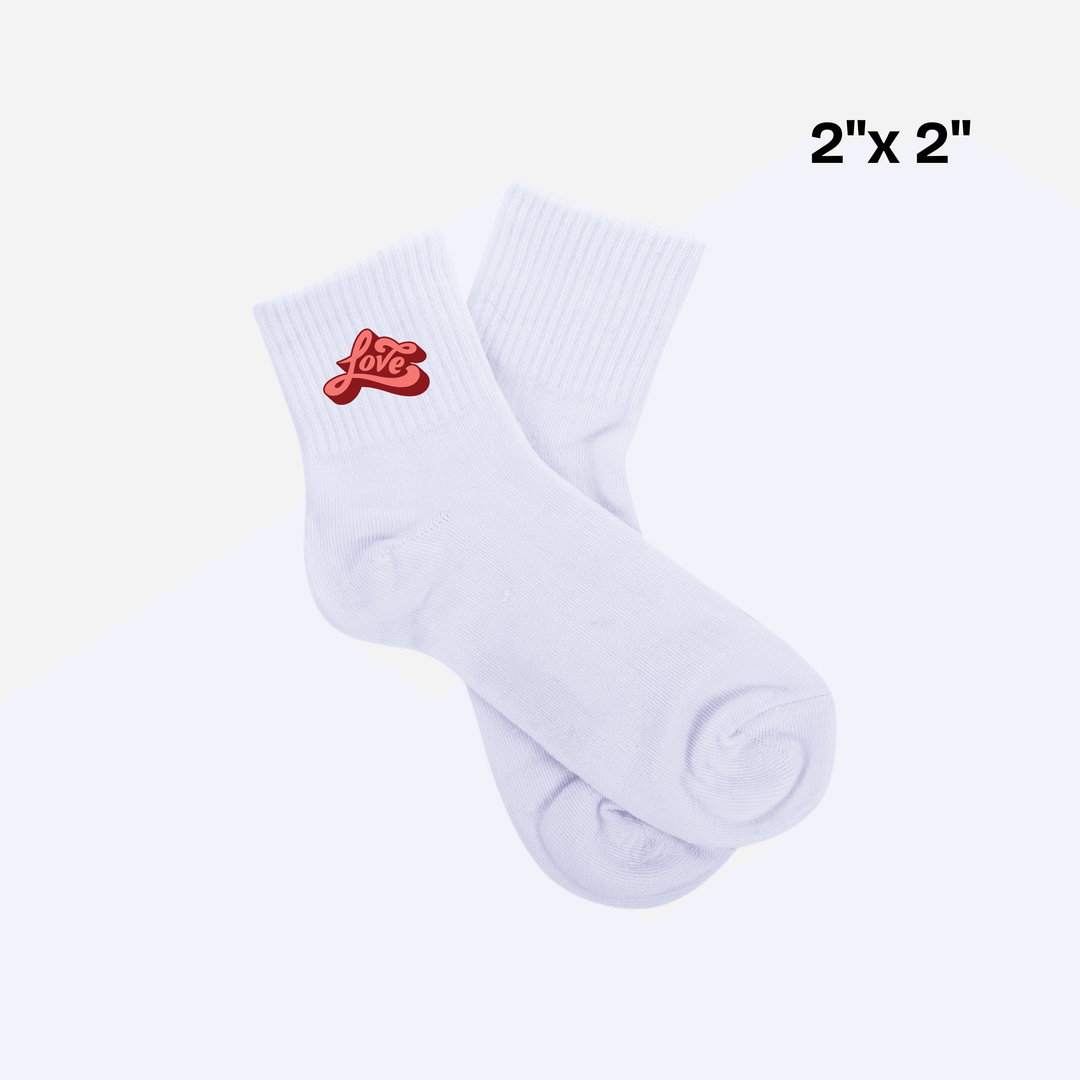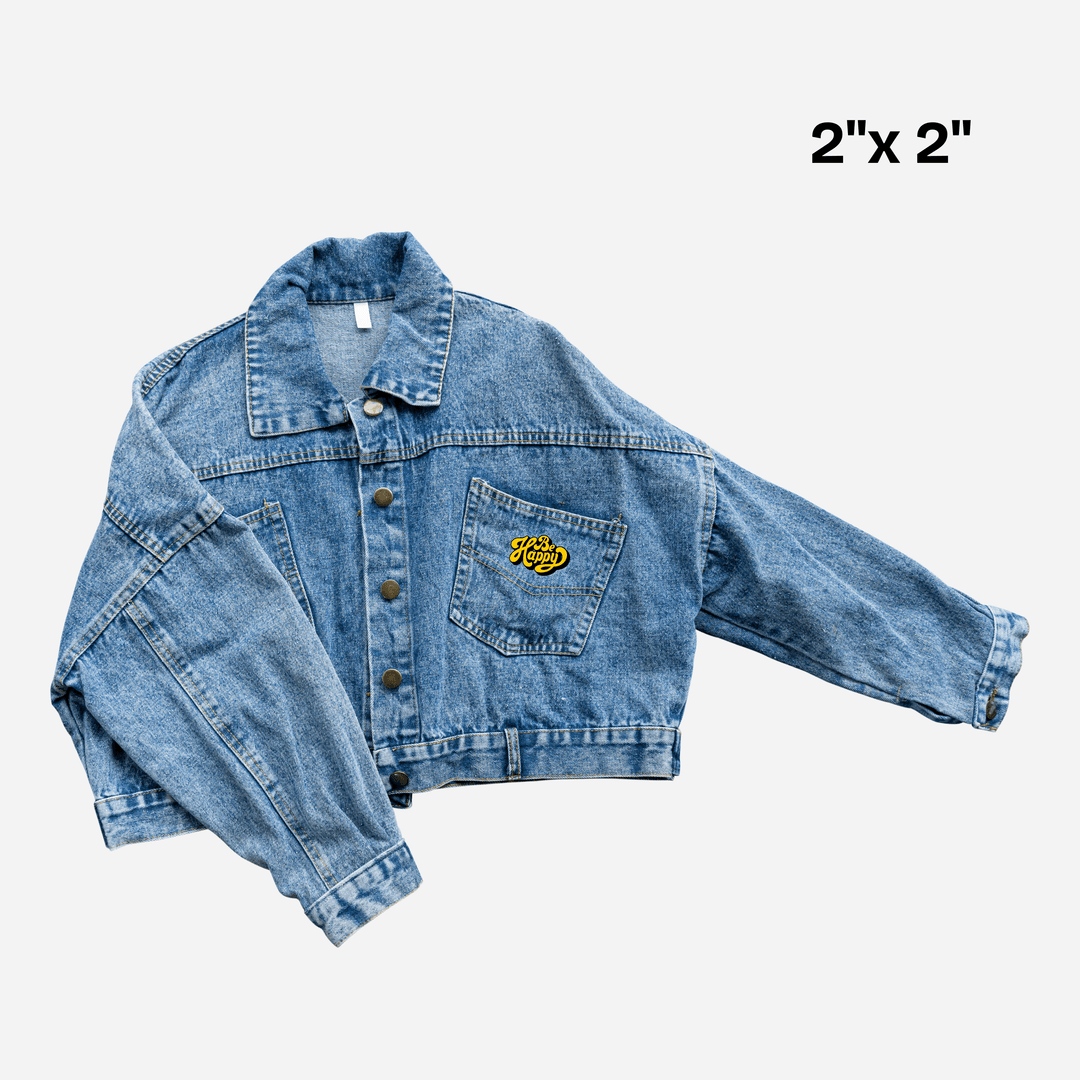DTF Transfers Fast Shipping – Get Your Custom Prints Quickly 🚀
Need DTF Transfers with fast shipping? Our reliable service ensures you receive high-quality, vibrant transfers delivered quickly to your doorstep. Perfect for businesses and creators who value speed without compromising print quality.
Why Choose Our DTF Transfers Fast Shipping Service?
Speedy Delivery You Can Trust
We prioritize quick order processing and partner with trusted couriers to guarantee your transfers arrive on time, every time.
Premium Quality Transfers
Our transfers feature sharp colors, excellent detail, and durable adhesion, ensuring professional results on all garments.
Key Features - DTF Transfers Fast Shipping
-
✅ Fast shipping options nationwide
-
✅ Compatible with most DTF printers
-
✅ Vivid, long-lasting colors
-
✅ Soft hand-feel prints
-
✅ Suitable for cotton, polyester, and blends
How It Works
-
Select your custom design or upload your artwork
-
Choose your transfer size and quantity
-
Opt for fast shipping at checkout
-
Receive your transfers quickly and start printing!
Customer Feedback
“The fast shipping made all the difference in meeting our deadlines. Quality was excellent too!” – Jessica L.
“Great prints delivered quickly. Highly recommend their fast shipping service.” – Mark D.
Frequently Asked Questions - DTF Transfers Fast Shipping
What types of fabrics work best with this printing method, and are there any limitations?
This printing technique is highly versatile and can be applied to a wide variety of fabric types including 100% cotton, polyester, and blended fabrics. The inks and powders used are designed to bond well to different materials, ensuring bright colors and durable prints. However, natural fabrics like cotton tend to absorb ink differently than synthetic ones, so slight variations in finish and feel can occur. It’s recommended to test the print on a sample fabric to ensure optimal results. Some delicate or specialty fabrics might require additional care or may not be suitable due to their texture or heat sensitivity.
How durable are the prints, especially after repeated washing and exposure to sunlight?
Prints created using this process are known for their durability. They retain vibrant colors and sharp details even after multiple washes. The adhesion between the printed film and the fabric is strong, which prevents peeling or cracking. Exposure to sunlight does not significantly degrade the print quality when properly cured and pressed. To extend the life of the print, it’s advisable to wash garments inside out in cold water, avoid harsh detergents or bleach, and air dry or tumble dry on low heat. Following these care instructions will help maintain the look and feel of the print over time.
Is this printing method safe and suitable for small-scale or home-based workshops?
Yes, this printing technology is generally safe for use in both professional and home environments. The inks are water-based and free from harsh chemicals, minimizing harmful fumes and odors. The powders used are non-toxic but should be handled with care to avoid inhalation or skin contact, so using gloves and working in well-ventilated spaces is recommended. The equipment required can range from compact desktop printers for small operations to larger industrial machines for higher volume production, making it accessible for various business sizes.
What equipment and materials are necessary to get started, and what is the typical workflow?
To begin printing with this method, you will need a compatible printer that supports pigment-based inks including white ink channels, special transfer films designed for the process, adhesive powder to bond the print to fabric, and a heat press for curing the transfer. Some users also employ curing ovens to fuse the powder more evenly. The typical workflow includes printing your design on the transfer film, applying powder to the wet ink, curing the powder with heat, and then heat pressing the film onto the garment. Proper calibration of equipment and quality control throughout the process are essential for the best results.
What are the common challenges or troubleshooting tips when using this printing technology?
Some common challenges include clogging of printer nozzles, uneven powder application, and improper curing which can lead to poor adhesion or print defects. To mitigate these issues, regular printer maintenance including nozzle cleaning and ink flushing is crucial. Ensure that powder is evenly applied and excess powder is removed before curing. Use recommended curing temperatures and times, and perform test presses on sample materials to dial in your settings. Environmental factors like humidity and temperature can also affect print quality, so maintaining a controlled workspace helps achieve consistency.
